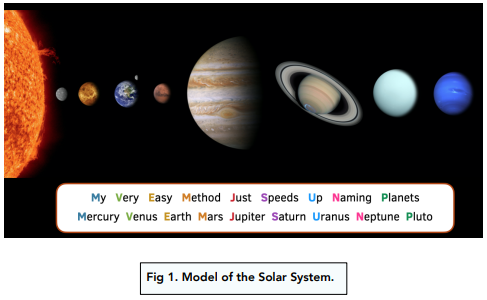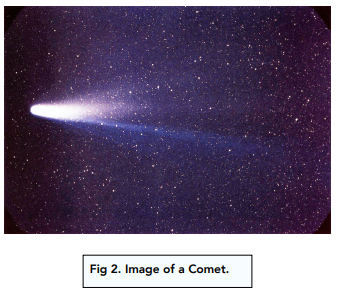Our Solar System (GCSE Physics)
Our Solar System
The Solar System
Features of Our Solar System
- Planets orbit around the Sun in the Solar System. At the centre of our Solar System is a star, which we call the Sun. All the other objects in the Solar System orbit around the Sun. There are 8 planets in the Solar System which orbit around the Sun, shown below.

- We have some dwarf planets in our Solar System. As well as normal planets, there are a few objects in our Solar System called dwarf planets. They are very similar to planets, but they do not meet the full criteria for being planets. An example is Pluto.
- The moons are ‘natural satellites’. In our Solar System, we have objects called satellites, which orbit other objects. Moons are a type of satellite, since they orbit planets. They are called natural satellites, since they are not man made. Examples of other satellites are dwarf planets, asteroids and comets.
- The Milky Way contains the Solar System. The Milky Way is a large galaxy, formed of billions of stars. The Solar System is huge in itself, but it only forms a very small part of the Milky Way. Billions of galaxies make up the universe.
- Asteroids orbit the Sun. Asteroids are smaller objects which orbit the Sun in an elliptical (oval-shaped) orbit. They are generally found in an ‘asteroid belt’ and made of metal and rock.
- Comets are similar to asteroids. Comets also orbit the Sun elliptically, but they are made of rock, ice and dust. As a comet moves closer to the Sun it will vaporise, as the icy body of the comet starts to melt and turns into a gas. This is why we see the characteristic ‘tail’ on a comet.






Still got a question? Leave a comment
Leave a comment